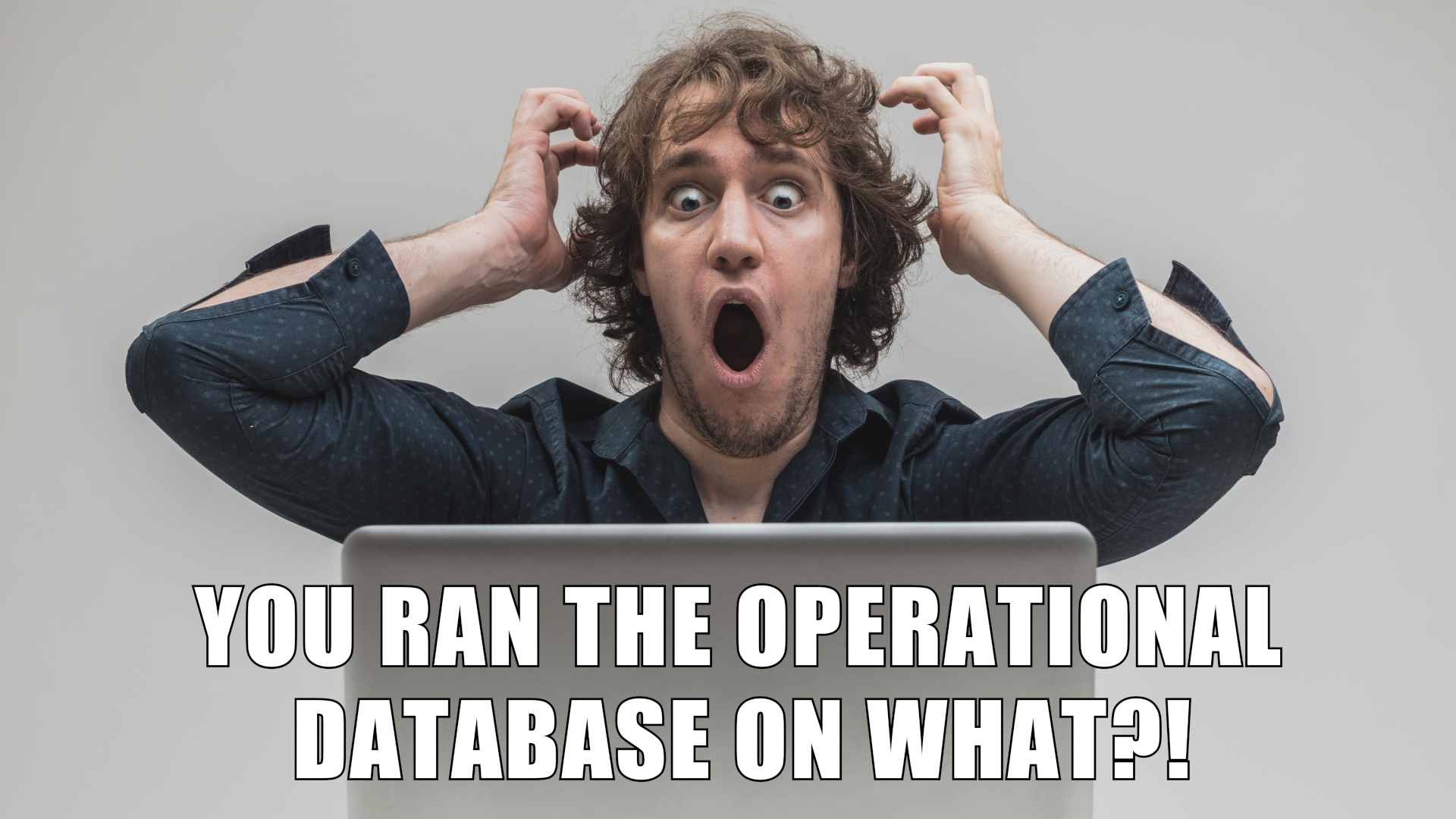
Blog
Engineering
Engineering
Database schema: SQL schema examples and best practices
In the context of a database and how it’s organized, the term database schema describes the structure of the data and how the elements within the database relate to each other. This information is often presented visually with diagrams that illustrate how different tables and elements connect and to give you a logical view of the entire database. However, the schema itself exists in the database as the coded rules that define the data’s structure and relationships.

Charlie Custer
January 27, 2025
Scale & Resilience
Engineering
A Conversation with Peter Mattis: Inherent Resilience for Tomorrow’s Outage
In our recent webinar, Peter Mattis, CTO and CPO at Cockroach Labs, and Rob Reid, Technical Evangelist at Cockroach Labs, shared expertise on the critical aspects of building resilient systems and the profound impact of downtime on modern businesses. Throughout the conversation, they shared lessons from their careers, insights from working with customers, and fielded questions from the audience.

Becca Weng
October 22, 2024
Engineering
Culture
Inside Cockroach Labs’ Software Internships with Jasmine Sun
We’re delighted to feature Jasmine Sun’s experience on our SQL Foundations team. Jasmine Sun is a current junior at the University of Waterloo and joined Cockroach Labs for the Winter 2024 Cohort. We sat down with Jasmine to talk about CockroachDB, cats, and her tips for applying to our software engineering internship program.

Leslie Niiro
October 11, 2024
Engineering
Software & Tech
Multi-tenancy for SaaS: 6 Takeaways from a Senior Principal Cloud Architect
Tod Golding, Senior Principal Cloud Architect and Global SaaS Tech Lead at AWS, has spent the last 7 years of his career focused on cloud-optimized architecture design. He joined Cockroach Labs’ Technical Evangelist, Rob Reid, for a conversation on "Debunking Myths around Multi-Tenancy."

Becca Weng
September 16, 2024
Engineering
You Ran the Operational Database on What?! Testing Spot Instances
Testing large clusters is critical, but doing so at a scale that matches some of our largest customer environments can get costly. What if a totally different – and highly cost-effective -- approach to large cluster testing revealed itself? At Cockroach Labs we decided to take a non-traditional path, and things got very interesting.

Adam Storm
September 13, 2024
Engineering
Video Spotlight: “Chaos Testing – Behind CockroachDB’s Resilience”
Cockroach Labs’ Technical Evangelist Rob Reid just loves trying to break things, and our own cloud-native distributed SQL database is not immune from this impulse. He recently devoted screen time to pushing CockroachDB hard in tough conditions, just to watch it push back.

David Weiss
September 3, 2024
Engineering
Product
How CockroachDB Implements UDFs and SPs
User-defined functions (UDFs) and stored procedures (SPs) allow users to define a set of queries that can be executed at the database by providing only the function or procedure name and any relevant parameters. They provide building blocks for users to compose complex queries, which makes applications less error prone since users don’t need to repeatedly provide the complex query. Another benefit of UDFs/SPs is that they enable better performance by moving more computation closer to the data. There are fewer round trips between the application and database to get the results the user wants.

Drew Kimball
August 27, 2024
Azure
Engineering
Unlocking Enterprise Scale with CockroachDB: Deploying on Microsoft Azure
This is the second article in the series, Unlocking Enterprise Scale with CockroachDB on Microsoft Azure, where we help you utilize the best that CockroachDB on Azure has to offer. In this blog, we will explore different production options, deployment strategies, and key considerations for single-region and multi-region setups, while introducing key integrations with the Azure ecosystem.

David Joy
August 20, 2024
Engineering
Product
MOLT Fetch: The Best Way to Migrate Your Data to CockroachDB
After choosing CockroachDB as your next-generation storage system, you may wonder, “How do we move our organization’s data into CockroachDB?”

Ryan Luu
July 18, 2024







![[THUMBNAIL] Enterprise Scale with CockroachDB, Deploying on Microsoft Azure](/_next/image/?url=https%3A%2F%2Fimages.ctfassets.net%2F00voh0j35590%2F68EH16GHoGbhKLn5myVRY6%2F16200cafd3ded618672b4b9598e0eb64%2FAzure_Blog_v._2.png&w=3840&q=75)
